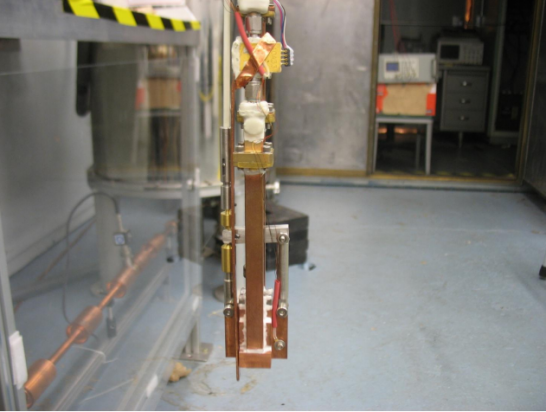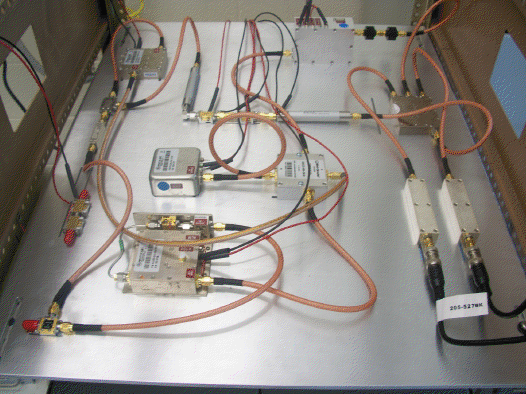Baker Group - Research
Axions
In our current understanding of physics, we would expect a much larger amount of CP-violation in the strong force than is observed. The fact that we do not see CP-violation is called the strong-CP problem. In the 1970’s, Peccei and Quinn formulated a scalar field that would force the CP-violation to zero, exactly. The excitations of this field would produce Nambu-Goldstone bosons, or the axion. The axion can interact with leptons, gluons, and photons; it is this two-photon interaction that we seek to detect. At the same time as the axion was discovered, it was constrained by astrophysical constraints; such as the explosion of supernova 1987A, and helium burning stars. Since the mass of the axion would be constrained by this to be a milleV or less, people realized its properties made it an ideal cold dark matter candidate. Since overclosure of the universe constrains the mass to be greater than 10^-6 eV, there is a well constrained region for the axion mass.
We start from the assumption that axions make up some of the dark matter halo of our galaxy. Since we are surrounded by dark matter axions, then, we can hope to detect photons produced by the axion to two photon interaction. Using a strong magnetic field (7 Tesla) to provide one of the photons and a high-Q microwave cavity to increase our sensitivity, we look for the photons generated by the axion conversion. We cool the cavity down to 4 Kelvin to reduce background from thermal photons and use a low noise amplifier and sensitive microwave receiver.
Hidden Sector Photons
There are other extensions to the Standard Model that predict the existence of spin 0 gauge bosons that can oscillate into photons and vice versa. These “hidden photons” can be searched for using a “light shining through walls” technique, where photons are put on one side of a barrier, and then on the other side of the wall we look for photons regenerated via hidden photons passing through the material, since they interact very weakly with matter. In our experiment, we use two microwave cavities to contain the microwave photons, and pump one cavity with 0.5 Watts of RF power while looking for a signal in the detecting cavity.

